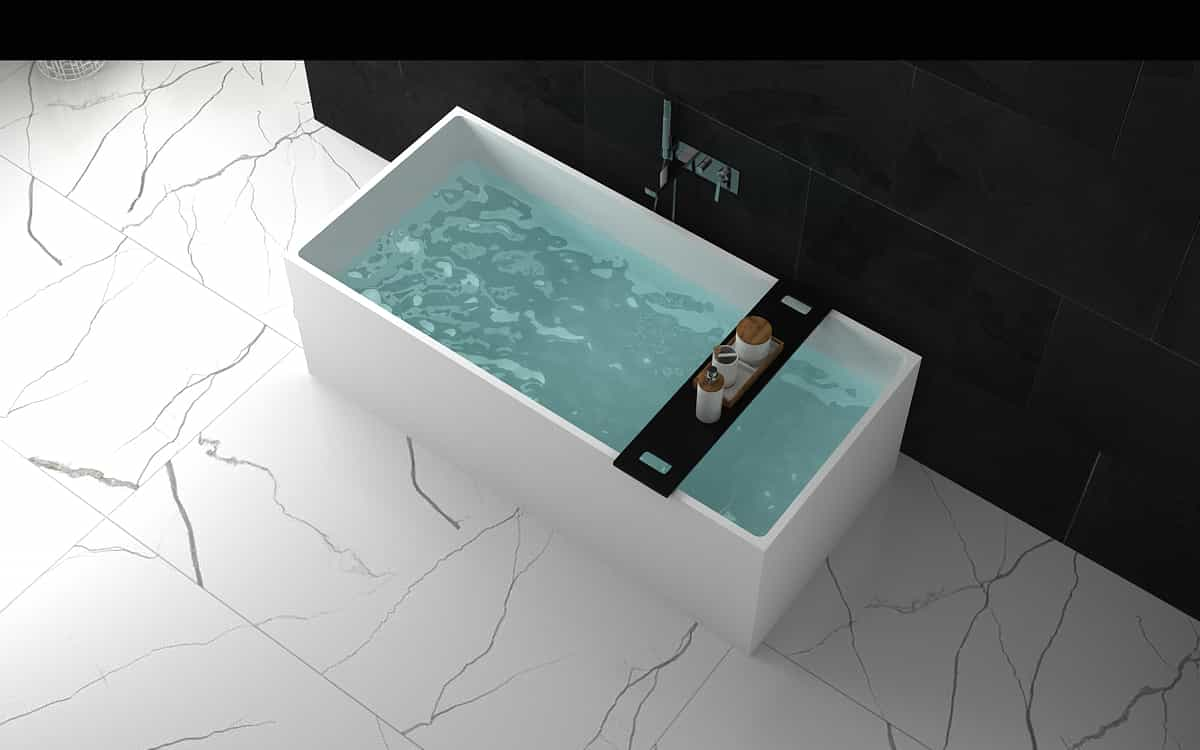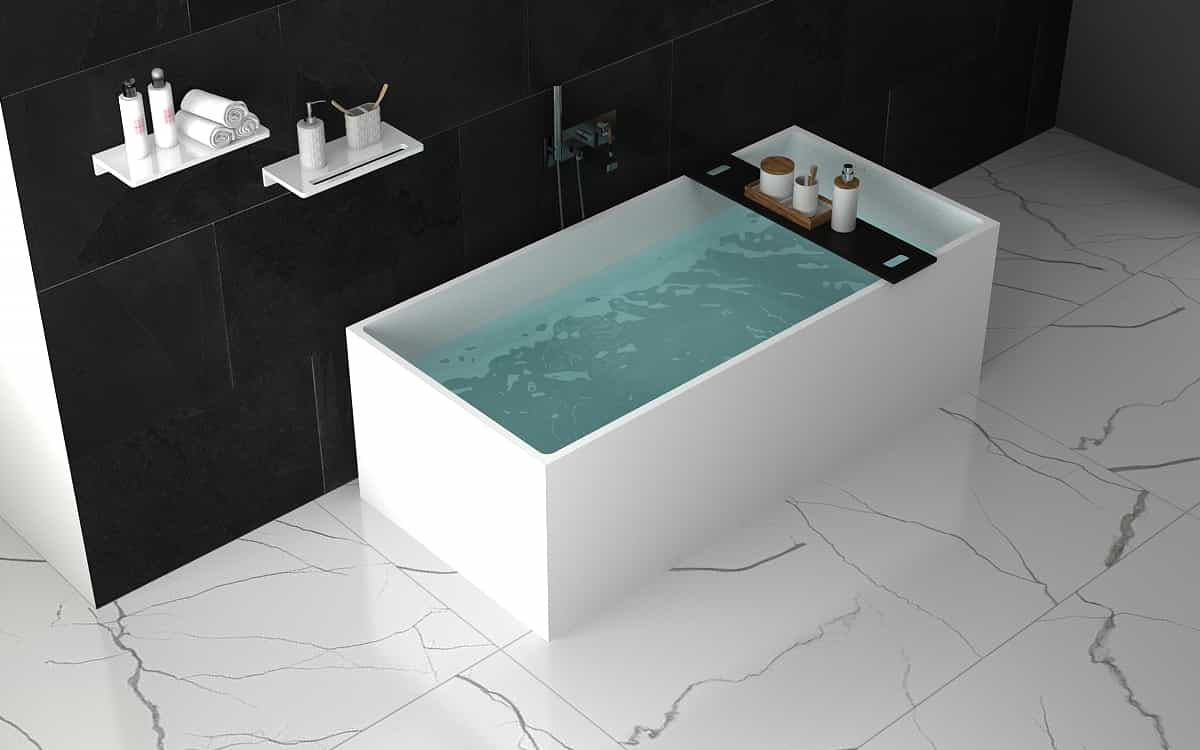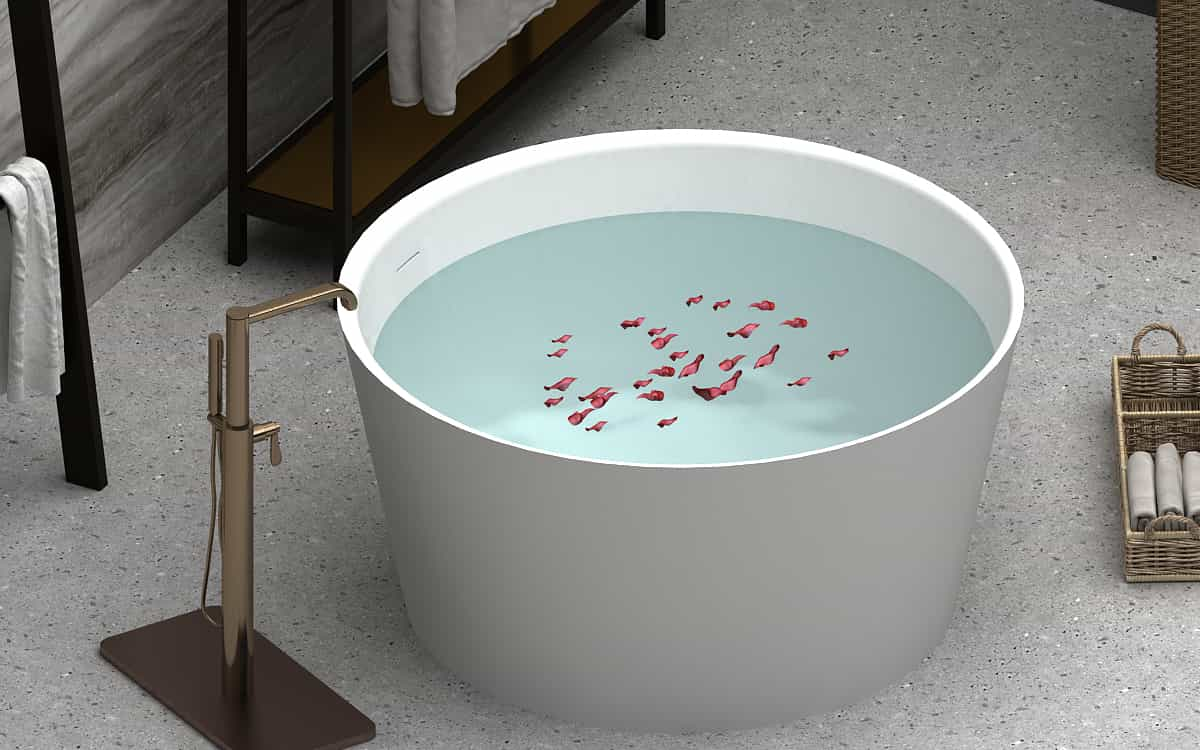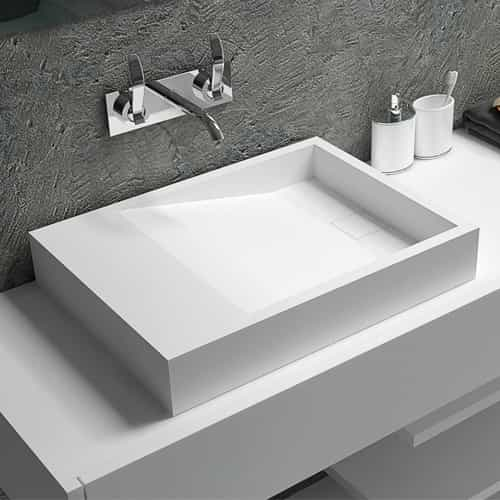
Recently, Ms. Sun, who had just finished laying tiles in her new house, encountered such a thing: it cost 5090 yuan more to paste 66 square meters of tiles. When signing the contract, the owner was not notified in advance of the addition of items and other matters, but after the bricklayer entered the site and began to work, he suddenly said that the addition of items and money would be added. In fact, similar decoration traps are common in the industry. Therefore, it is very necessary for consumers to understand the common traps of home decoration and prepare for them.
Trap one quote “open low and go high”
For example, some decoration quotations list the item “shoveling the wall”, and the subsequent quotation is “0”. But when the owner’s renovation progressed to the step of shoveling the wall, the decoration company asked for additional money. Even the quotation lists of home improvement companies listed cheap materials, but during the construction, the workers used the material as an excuse to ask the owner to add money to replace the so-called good materials. After multiple renovation projects, the actual cost is always several times higher than the quoted price.
Trap 2: The construction contract is ambiguous
The aforementioned Ms. Sun fell into the contract trap. Common contract traps include vague process agreement, material agreement on brand but not grade and model. Confuse the “design qualification” and “construction qualification” of the construction committee, or use the qualification certificates of other companies to deceive consumers. Some affiliated and contracted companies deliberately omitted to write the column of “entrusted agent”, and did not fill in the name and contact number of the agent entrusted by the legal person, so as to shirk responsibility if problems arise.
Trap 3 Decoration materials are transferred
It is understood that coatings, large core boards, etc. are most likely to be subcontracted. “If the contract indicates the use of good-quality, big-brand latex paint, the construction personnel will put some cheap miscellaneous brand paint into old brand-name paint cans, and there are also construction workers. After the personnel entered the site, they replaced the products selected by the owner with counterfeit and shoddy products.” Some construction teams fiddled with purchasing materials, and some used inferior products as brand-name products, and low-priced defective products as genuine products, etc.


















